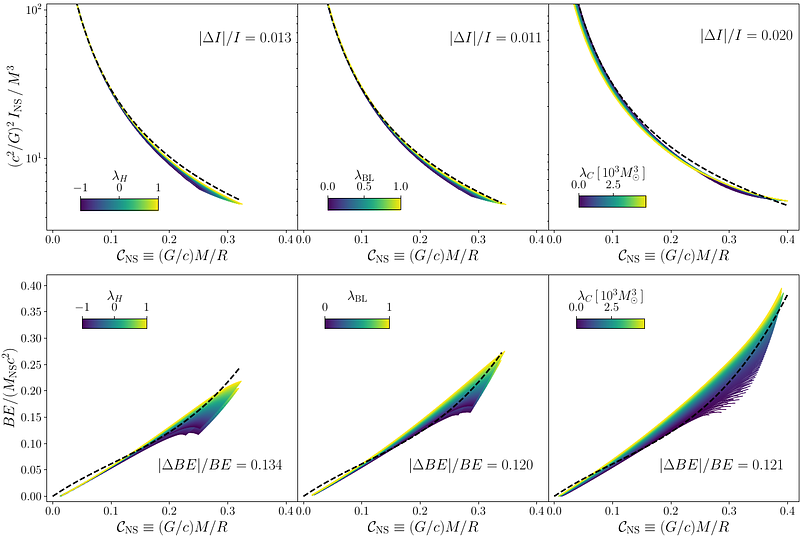Rotating neutron stars: anisotropy model comparison

Rotating neutron stars: anisotropy model comparison
L. M. Becerra, E. A. Becerra-Vergara, F. D. Lora-Clavijo
AbstractWe build slowly rotating anisotropic neutron stars using the Hartle-Thorne formalism, employing three distinct anisotropy models--Horvat, Bowers-Liang, and a covariant model--to characterize the relationship between radial and tangential pressure. We analyze how anisotropy influences stellar properties such as the mass-radius relation, angular momentum, moment of inertia, and binding energy. Our findings reveal that the maximum stable mass of non-rotating stars depends strongly on the anisotropy model, with some configurations supporting up to 60% more mass than their isotropic counterparts with the same central density. This mass increase is most pronounced in the models where the anisotropy grows toward the star's surface, as seen in the covariant model. Furthermore, slowly rotating anisotropic stars adhere to universal relations for the moment of inertia and binding energy, regardless of the chosen anisotropy model or equation of state.